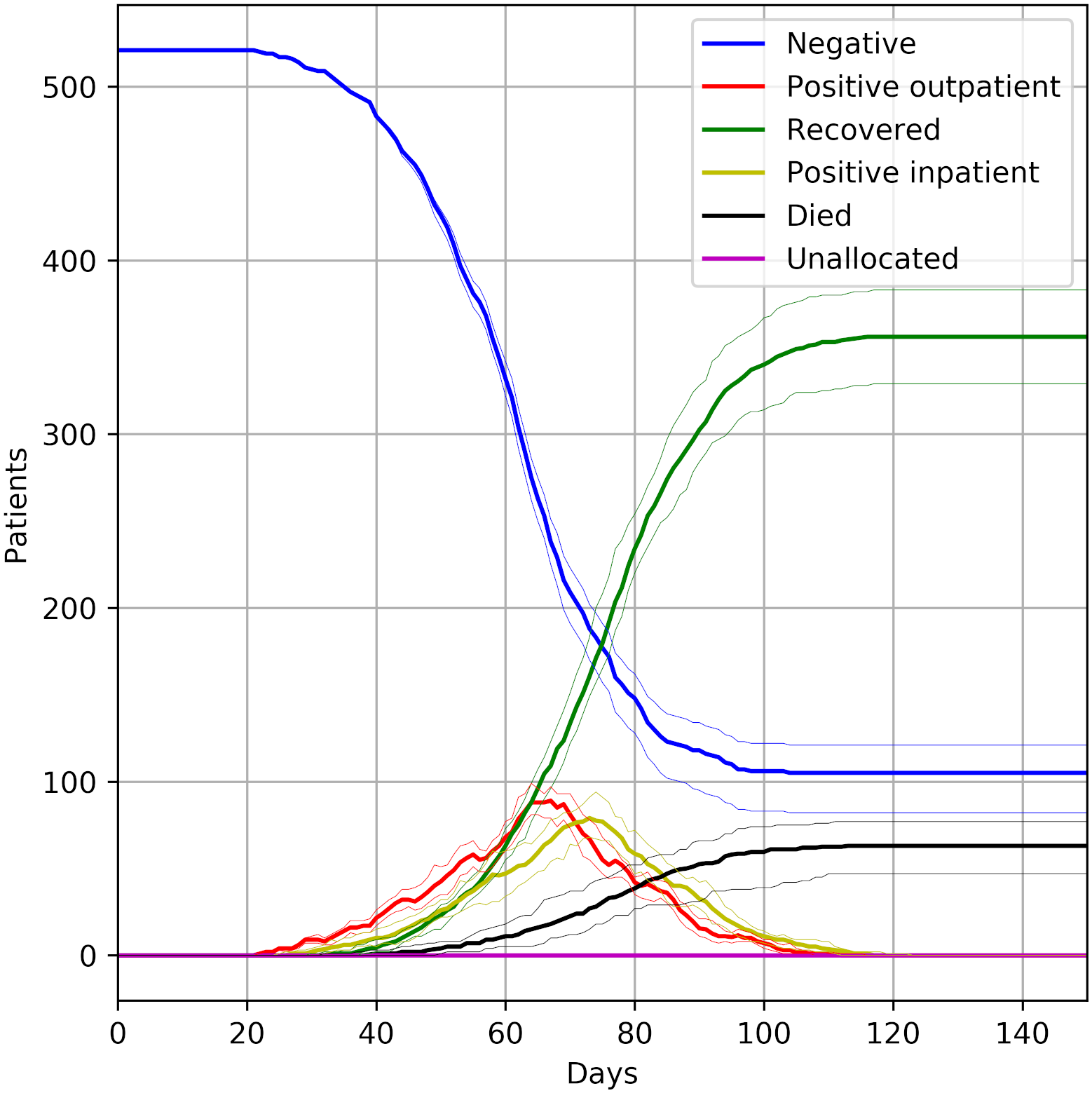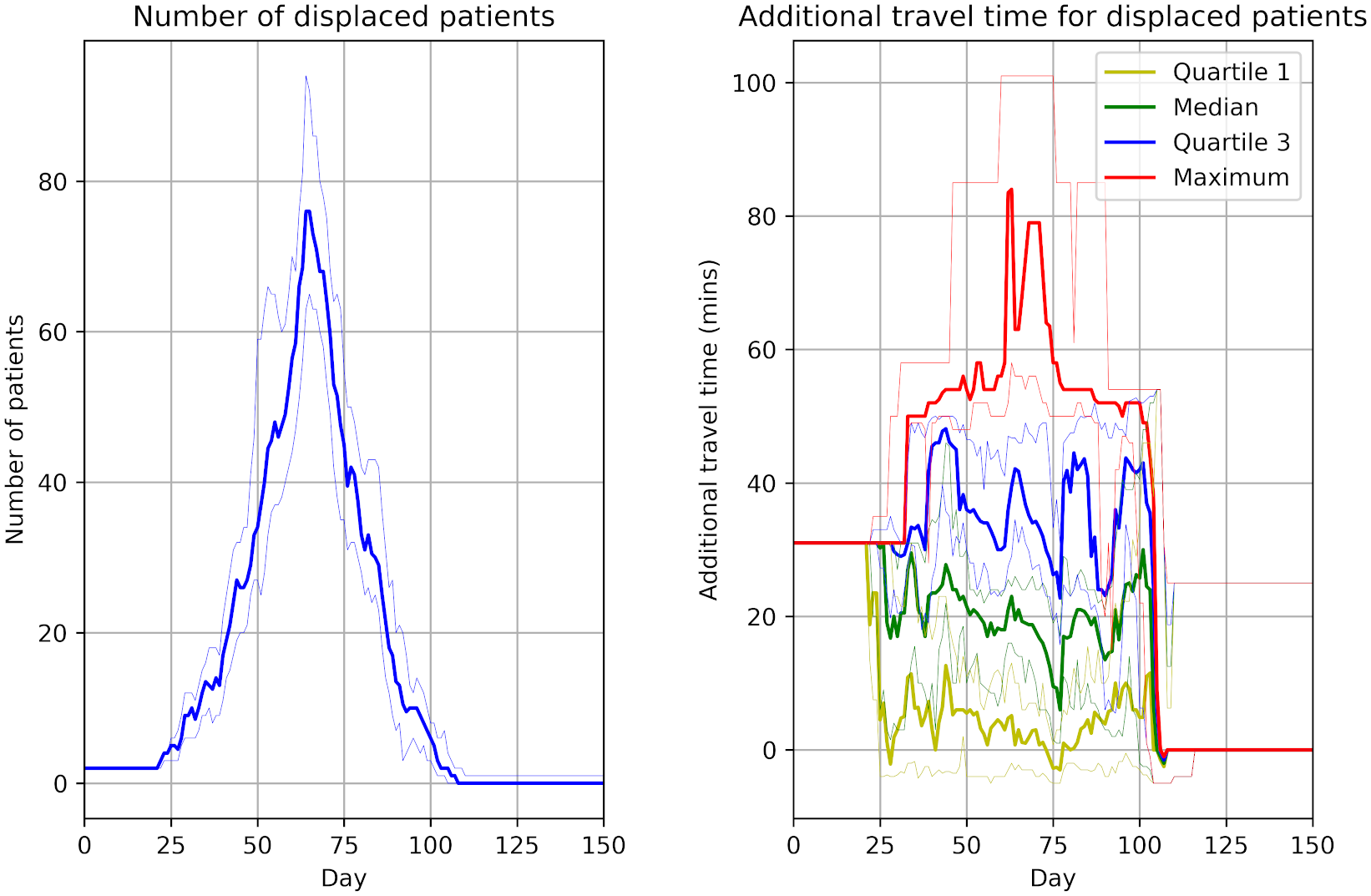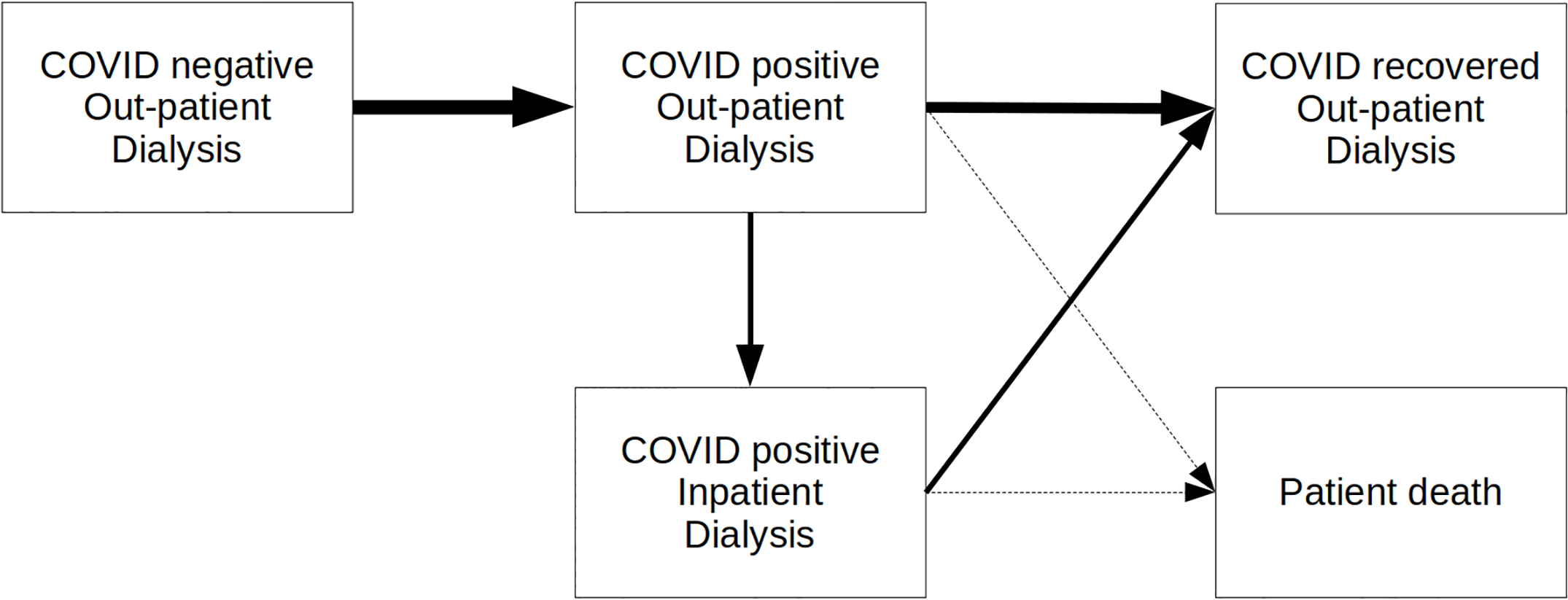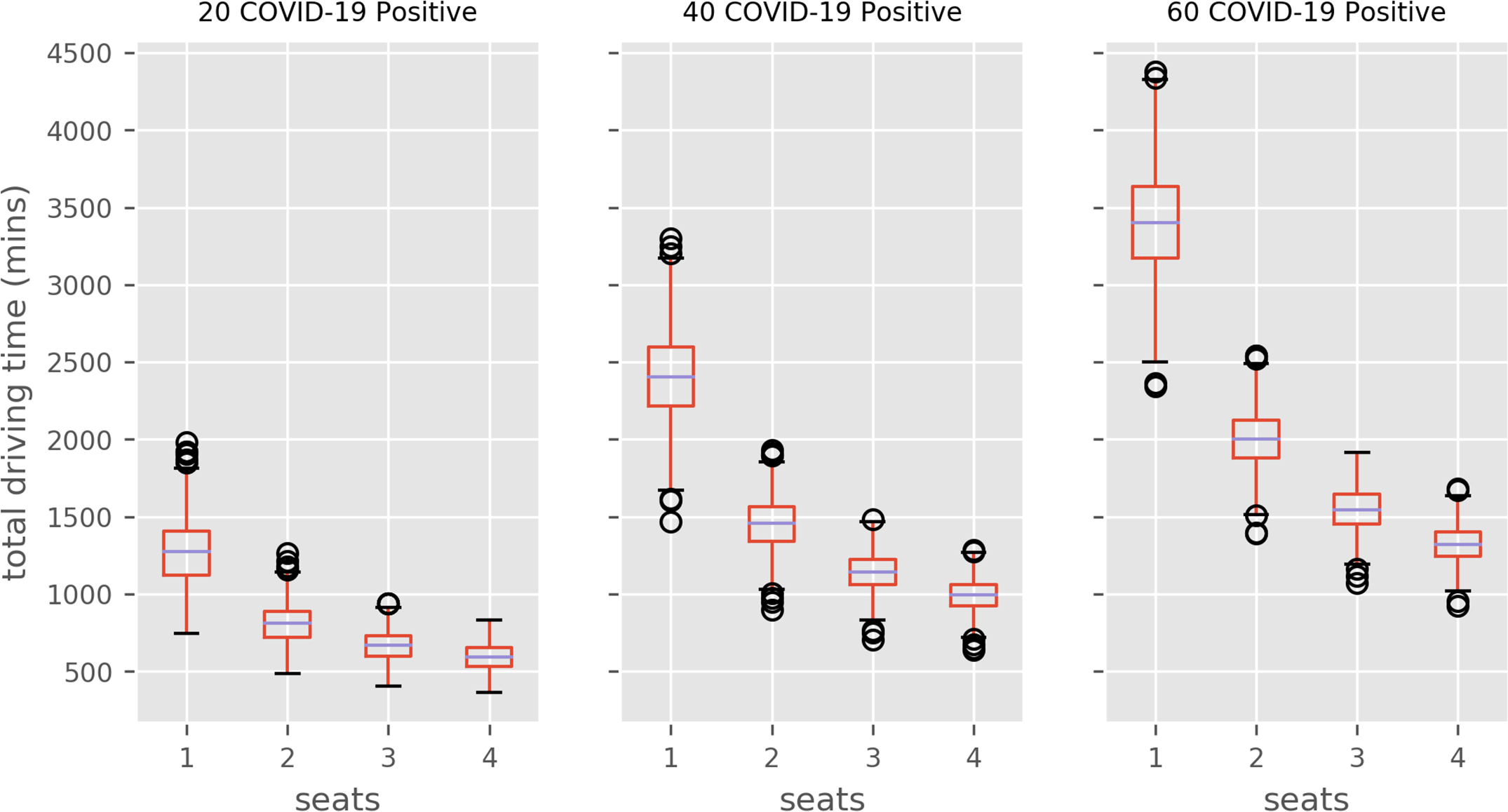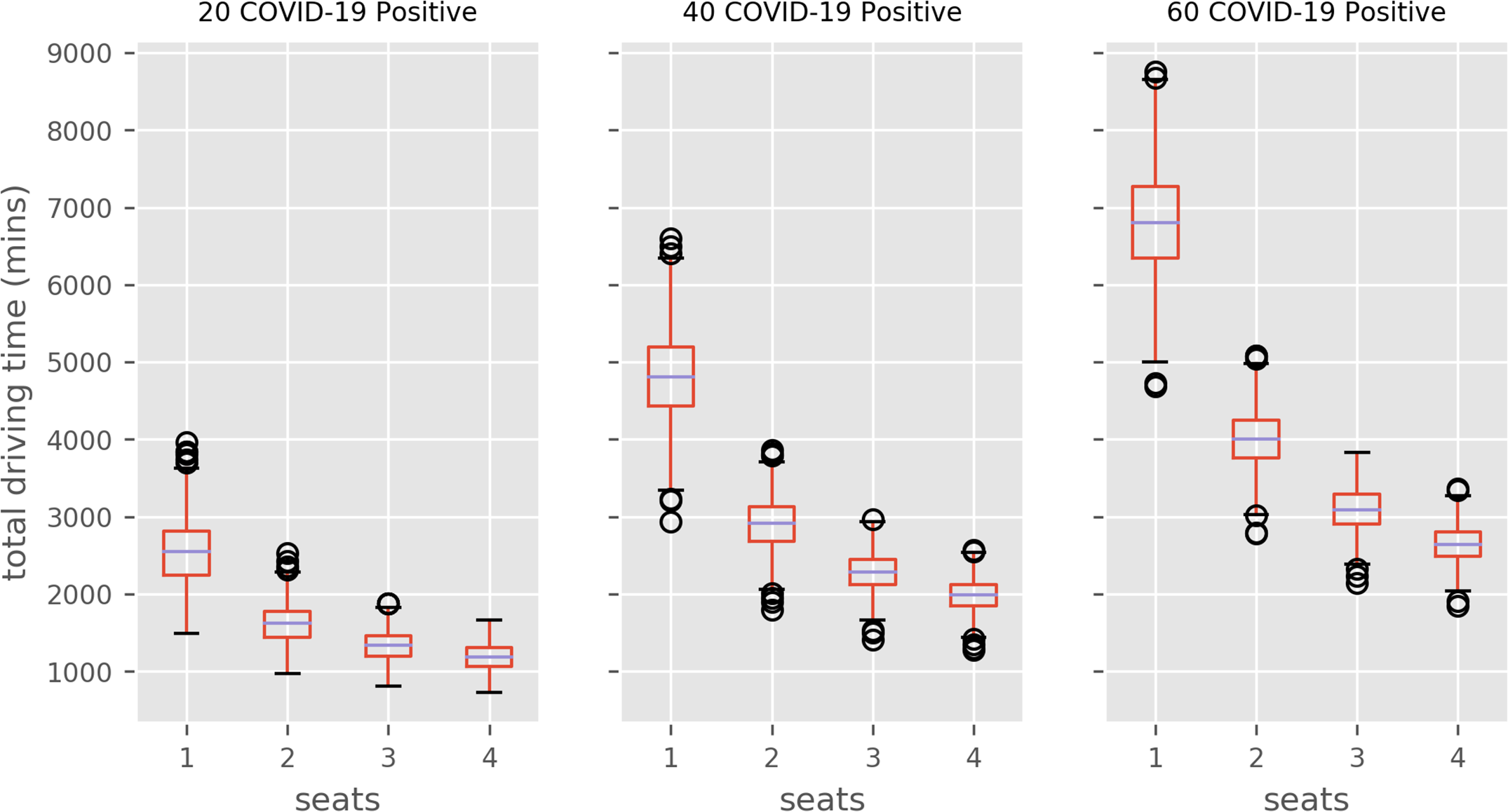Scope
This page outlines that parts of the journal article which we will attempt to reproduce.
Within scope
Outside scope
References
Allen, Michael, Amir Bhanji, Jonas Willemsen, Steven Dudfield, Stuart Logan, and Thomas Monks. 2020. “A Simulation Modelling Toolkit for Organising Outpatient Dialysis Services During the COVID-19 Pandemic.” PLOS ONE 15 (8): e0237628. https://doi.org/10.1371/journal.pone.0237628.
